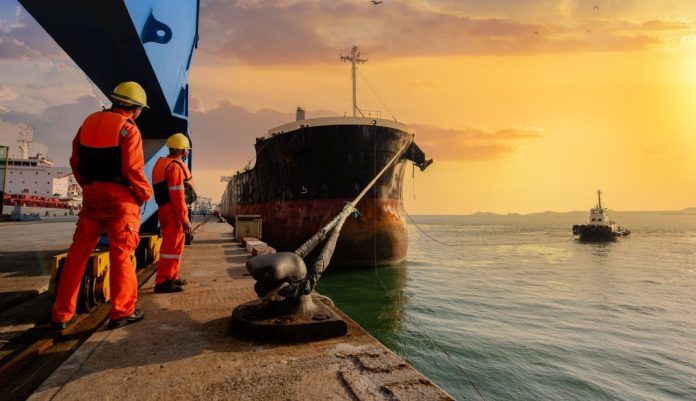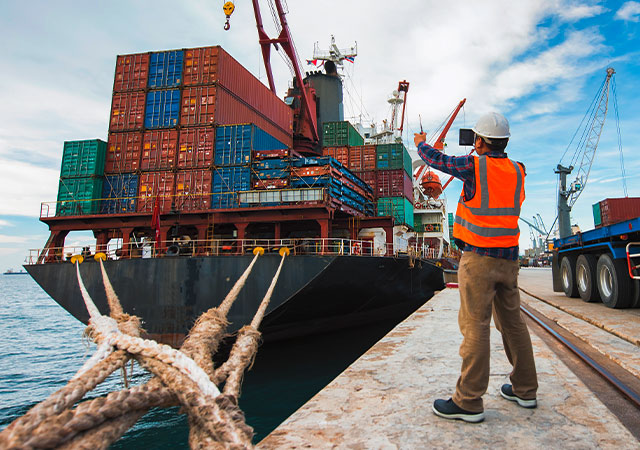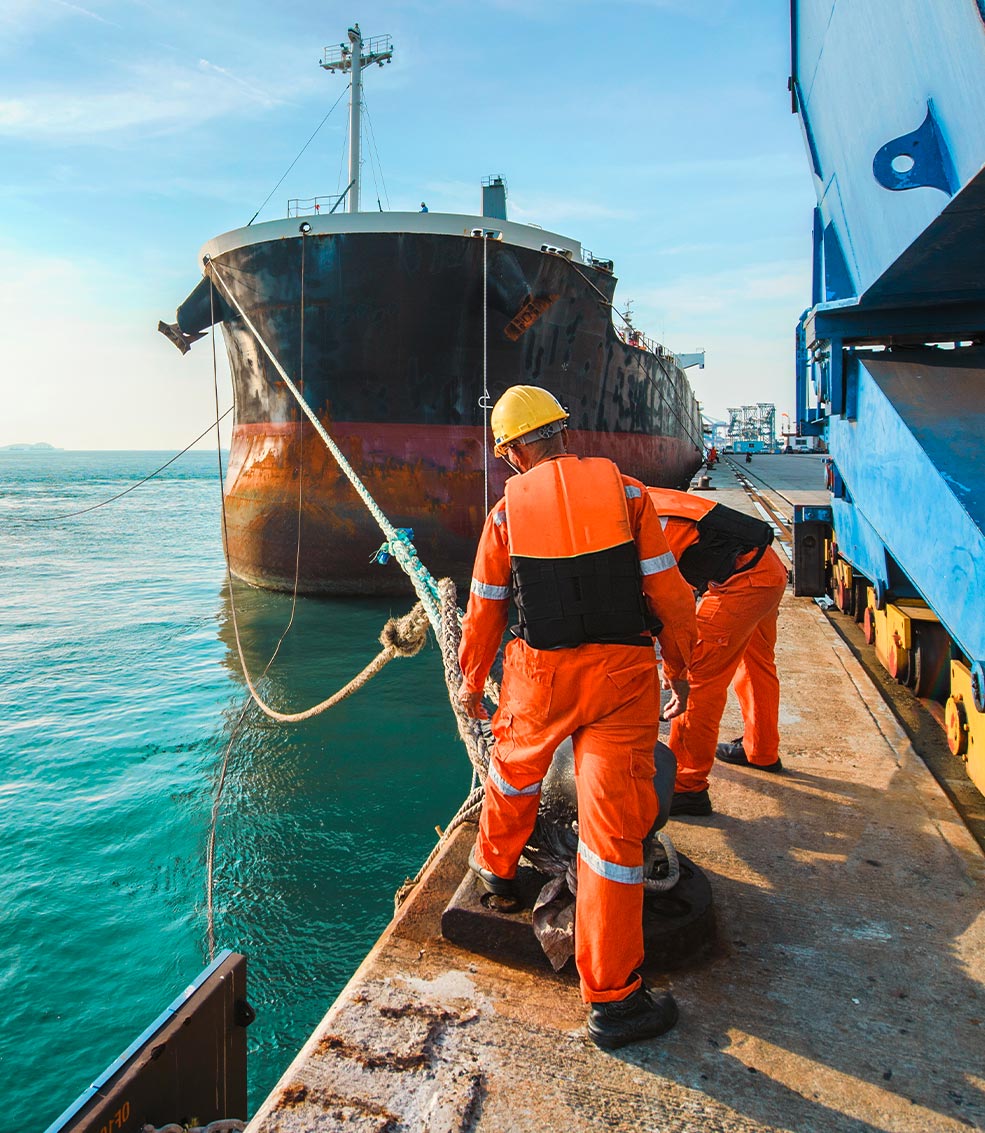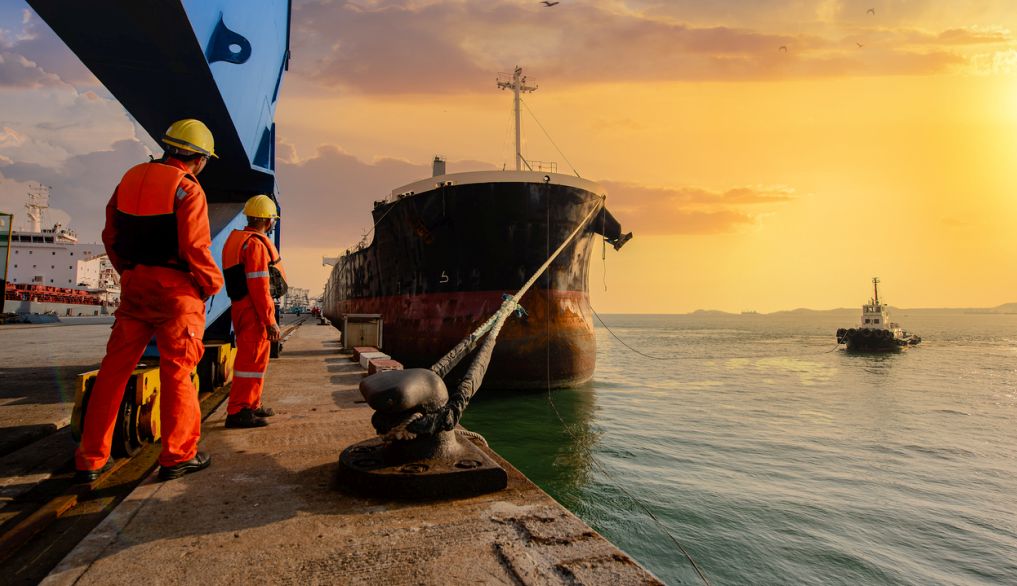
(www.MaritimeCyprus.com) Why is mooring a topic that deserves high attention? Mooring and unmooring is one of the most frequent operations onboard of ships.
The maritime industry has seen many incidents during mooring operations over the last decades, among other factors, due to the high frequency of mooring operations and their high level of human involvement:
- “227 mooring related incidents reported in five years, 22% of these incidents resulted in injury.” – Australian Maritime Safety Authority
- “97% of ships that had a mooring incident onboard during the last 24 months” – UK P&I Club reported in 2016
- “From 1997 to 2013, 402 accidents were registered on Danish ships, with four fatalities and 43 injuries reported” – SOLAS SDC6
Increased focus on the safety of mooring operations by the industry and regulatory bodies
Some maritime industry sectors have provided guidance for safe mooring already for many years, in particular, the tanker industry with OCIMF’s Mooring Equipment Guidelines.
For cargo and passenger ships constructed on or after 1 January 2007, IMO and IACS have requirements to mooring arrangements, equipment and fittings.
To further improve the safety of mooring operations, IMO recently has implemented new requirements, incorporated in the amendments to SOLAS regulation II-1/3-8 on towing and mooring equipment.

The updated regulation is supported by the following guidelines:
- New Guidelines on the design of mooring arrangements and the selection of appropriate mooring equipment and fittings for safe mooring (MSC.1/Circ.1619);
- New Guidelines for inspection and maintenance of mooring equipment including lines (MSC.1/Circ.1620);
- Revised Guidance on shipboard towing and mooring equipment (MSC.1/Circ. 1175/Rev.1).
The requirements will apply to new cargo and passenger ships constructed on or after 1 January 2024. Maintenance and inspection requirements will be given retroactive application for all ships.
MSC.1/Circ.1620, includes procedures for mooring operation, inspection and maintenance of mooring equipment and lines, identifying worn-out lines and tails, and replacement of mooring lines and tails. All ships need to comply with the retroactive statutory requirements. This will affect existing ships, but the biggest impact will be for vessels built before 2007, since the approval of the associated hull support foundation of mooring fitting was not required at that time, and the assignment of mooring fitting was probably not reviewed.

A list of the typical issues detected:
Applicable for all ships
- Mooring operation procedure, inspection and maintenance plan were not available on board.
- Wrong setting of mooring winch brake holding strength.
- Selecting higher minimum breaking load (MBL) of mooring rope for replacement.
Applicable for ships built before 2007
- The MBL of the mooring line was not in accordance with the recommended values in the corresponding approved equipment number in IACS Rec. 10; in many cases, a higher MBL rope was used.
- The marked safe working load (SWL) of the mooring fitting was not consistent with the MBL of the mooring ropes.
- The hull support foundation of the mooring fitting did not have sufficient capacity to withstand the design load or marked SWL.
Recommendations
We recommend Owners/Managers to consider early compliance with the new safe mooring requirements, especially for vessels that are scheduled to dry dock before 2024.













